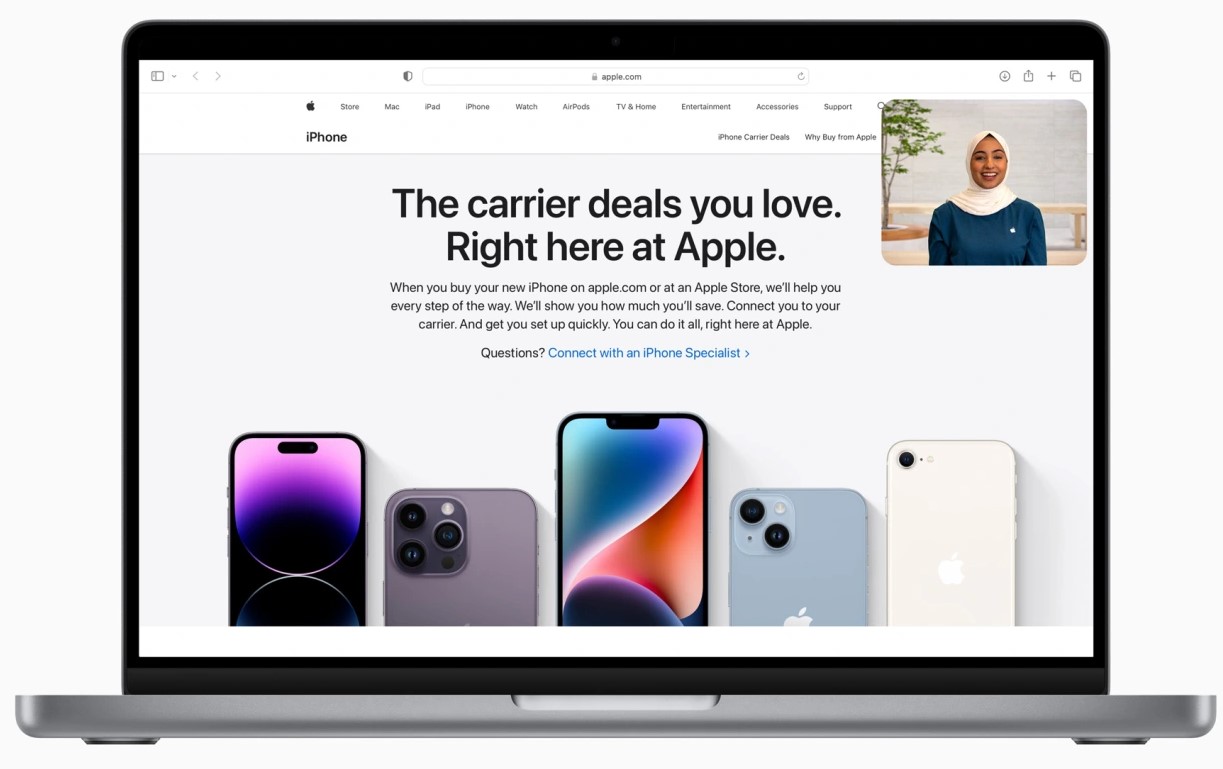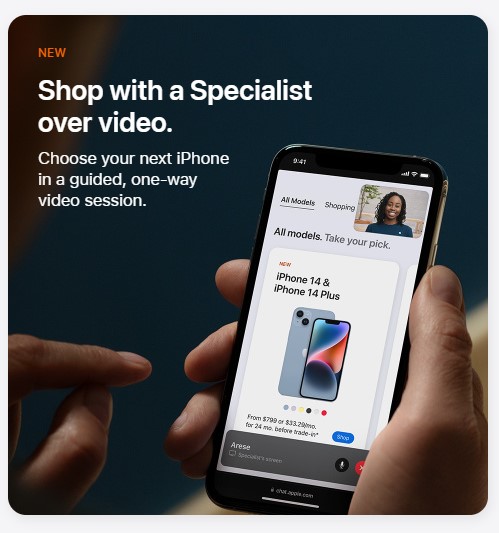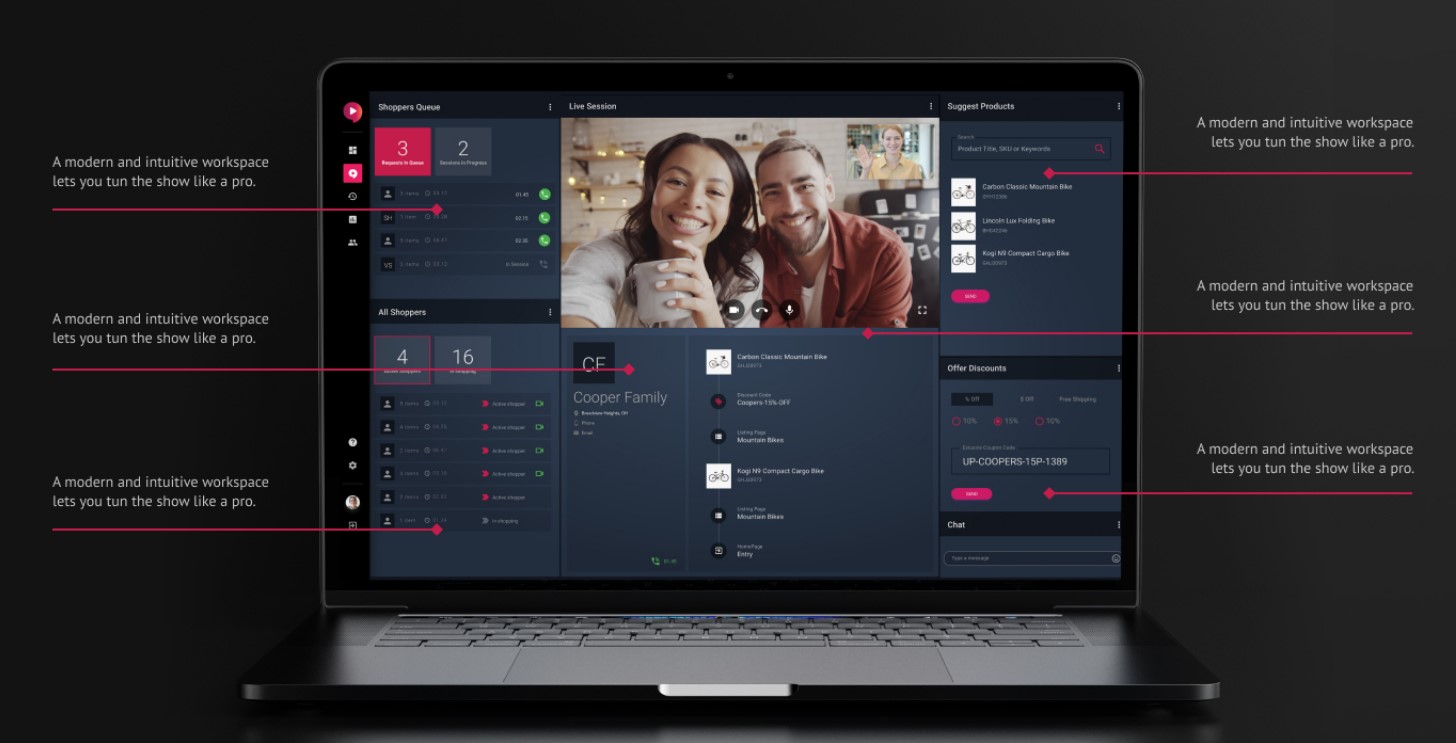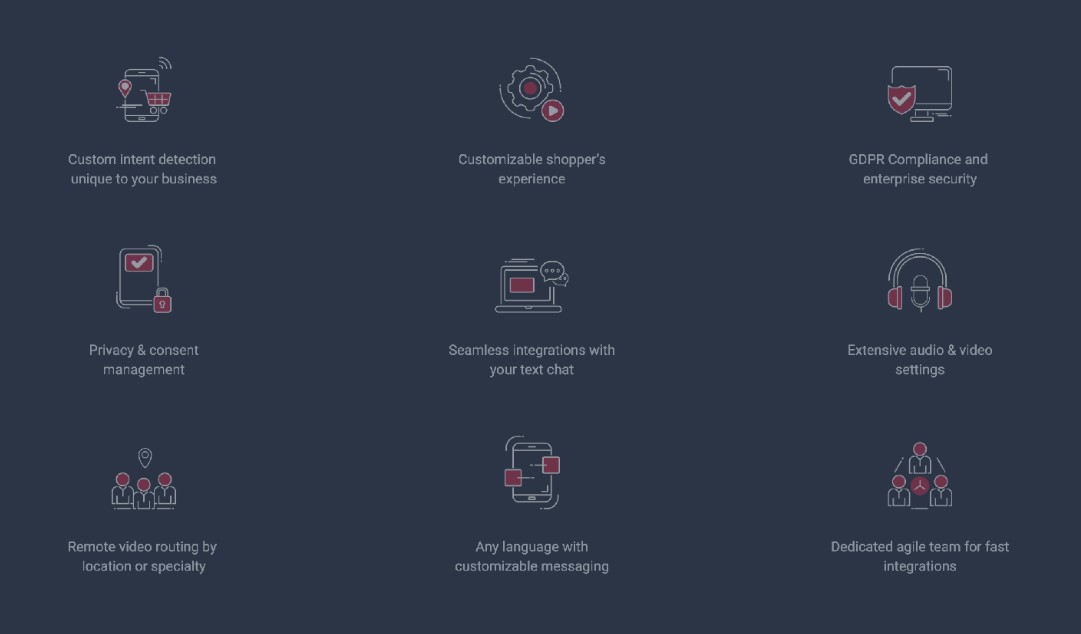Contact Center–Time to Optimize!
Two things happening are leaving people scratching their heads. Everyone is talking about a recession and the technical layoffs are now a who’s who of […]

For the final installment of our series, “Contact Center—Time to Optimize,” we’ll take a bit of a different approach to “optimization”. While the prior discussions have centered around contact center evolution and more specifically, cost savings, this discussion will focus more on client engagement. We’ve covered AI/ML (artificial intelligence/machine learning), Agent Assist, Chatbots, and most recently Branded Calling. All of these technologies can directly impact sales with a measurable result. For digital channels in particular, agent assist, and AI/ML allows the technology to offer suggestions based on the most successful interactions within an organization’s contact center. We discussed increased agent adoption/ knowledge and decreased ramp/turnover, while getting clients answers to questions as fast as possible.
So what technologies, one might ask, are driving the “human” interactions in the contact center? Covid-19 presented some real challenges to how an organization engaged directly with their clients. Those clients who preferred a human touch were often feeling abandoned during the initial phases of Covid. It didn’t take long for some companies to begin offering direct consultations over video. Those clients were looking for a “human” to work with them for things like buying a car, home repairs, doing landscaping, preparing taxes, having a confidential doctor’s appointment, etc. According to a PWC survey, 59% of all consumers feel companies have lost touch with the human element of customer experience. Only 38% of U.S. consumers say employees they interact with understand their needs. Pew Research Center, in their study of how the Internet and Technology shaped Americans’ personal experience Amid COVID-19, found American consumers are ever more dependent on Internet and are using video in a major way. As for the customer experience (CX) quotient, 71% with a college degree plus and 66% in the upper income replied Internet is essential. In that same survey, a whopping 81% of Americans used video calling and conferencing during the pandemic, 22% of those college plus respondents reported using video “several times a day.” One last item from this research worth mentioning is upper- and middle-income respondents felt closer with family members throughout COVID-19. One might suggest the use of video and a concerted effort to stay in contact offered a reason to stay connected and was an enabler of “human contact.”
So, what does this have to do with anything? Well, I would argue organizations need to enable video as a part of their CX strategy. Don’t listen to me, listen to Apple, the most recognized, awarded, and revered brand in technology. Starting last week, Apple rolled out a “Shop with a Specialist” service.

Right off the Apple website, you can now find a link to launch a guided video session. Quite a long way from the first Apple-1, wonder what Steve Wozniak thinks.

It is a one-way video session where a user keeps their camera off but can see the iPhone specialist. Brilliant! Personal, human touch to help you find the device that’s likely most personal to anyone and everyone who buys it. You know what that means now—-EVERYONE will expect brands to live up to Apple and start offering this type of service. The virtual dam has broken; with Internet availability, personal and business devices a plenty, and the leading technology company adopting personal video support, the expectations have begun.
So, who needs it? EVERYONE!
So far, there are five main industries where video commerce adoption has shown promising success.
Some of the best use cases in those vertical markets include Video Commerce, Lead generation, Video Clienteling, and Video Customer Service.
Video Commerce
Video Lead Generation
Video Clienteling
Video Customer Service
Here is an example screen shot from Uptok of how an agent can engage directly with a client via video:

The possibilities are endless.

These services can be customized for a particular client, use case, and vertical market. They can include data presentation, security, and collaboration typically reserved for in person interactions. With Apple’s announcement, it’s time to engage your clients before your competition. Once a client is used to personal interaction, they’ll expect it from other brands in a similar manner. While cost savings may not be the name of the game in Video CX, customer retention, conversion, and growth most certainly is. Contact us at RISE for your 1-1 (😊) consultation on how to bring embedded video to your website and Customer Experience.
Two things happening are leaving people scratching their heads. Everyone is talking about a recession and the technical layoffs are now a who’s who of […]